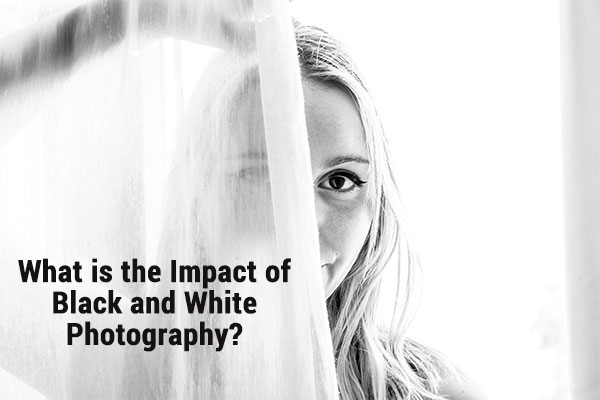
Whilst the use of colour in photography has been more readily available since the 1930s, it was considered to be a much more costly option. This was certainly the case well into the 1960s and even the early 1970s. If you look at your family’s photograph albums you will probably spot a move from black and white images to colour around this time, as films and processing for colour photos became a little cheaper. In fact, over time, the price of black and white films became more expensive until they became much harder to find.
The increase in popularity of the digital camera meant that everyone took colour photos and black and white became something altogether trendier that people only used if they were doing some type of photography project. If you look at any photo sharing platform you may not find many black and white photos which is rather a shame.
When you remove the idea of colour from your photos it is even more important to focus on the subject that you have chosen if you want to create an incredible photograph. The shapes, patterns, texture and subject matter of your photo all take on a new importance, and the composition really matters as well. These are all some of the key steppingstones of good photography and important things that any photographer needs to learn. By removing the colour you can learn to focus on these key ideas, and this will help to improve your photography.
When you are working with just black and white, and the various shades in between, the shapes in your photo matter. That nice red apple on a table that looks great in colour may fade into the background in black and white because you don’t have enough contrast. Now it is more important to consider the contrasts in order to create a photo that is more visually stimulating.
In black and white, patterns become more important. These don’t just have to be the obvious patterns like a check tablecloth. Light casting shadows can also create patterns, and in black and white the details will be more interesting. Taking away the idea of colour means that you can focus on these types of patterns in order to create unusual photographs that will make people look more than once.
Textures are everywhere around us and shooting in black and white means that these will become much more apparent in your photos. A brick wall and a cracked pavement are both different and equally interesting textures. Balancing these textures in your photos with your subject matter is a new skill and one that is worth learning.
We see in colour so learning to see what you are trying to photograph in black and white can be difficult. However, this is a skill that is worth training your eyes for. When you eliminate the colour the impact of the black and white will allow you to concentrate on the basics of photography and compose your pictures in a different way. These skills will then translate back into colour and could help you to improve the way in which you compose all of your images.
If you are struggling to see in black and white why not try converting some of your photos from colour into black and white. This can be done with photo editing software. Then you can see what they look like and whether you like them. Some will work, others won’t, consider why this is and how you can change what you are doing to improve your skills in black and white photography.
Vlogging means an activity or practice of posting short videos to or maintaining a vlog.…
Many of us nowadays as technology continues to advance, some video cameras and camcorders are…
The stock world is so large. It introduces new thing by each passing day and…
"Everyone has the brainpower to make money in stocks. Not everyone has the stomach." –…
Introduction In the vast pace world, every single person is occupied in their own lives.…
Introduction Along with its vast platter of content MX player also gives you the option…